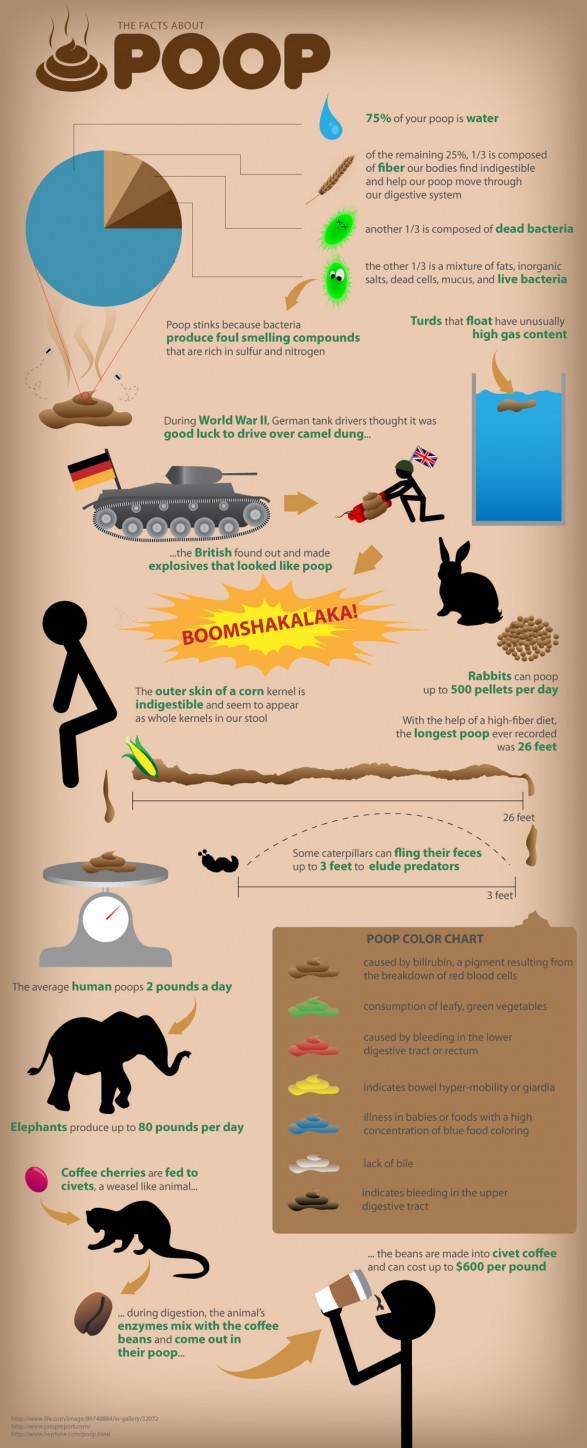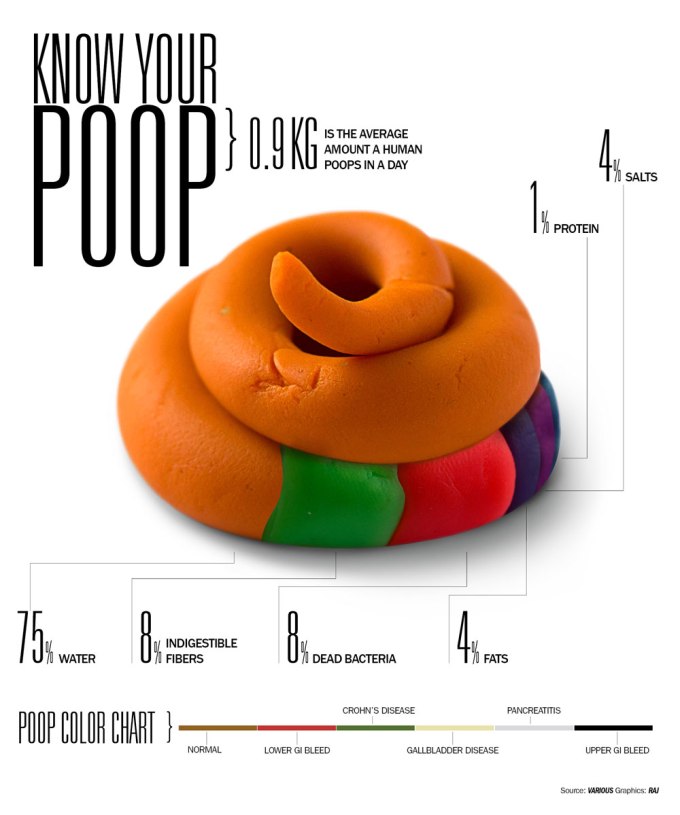Just imagine if your child suffered a panic attack and severe stress by just looking at a mushroom sitting on a plate or refused to eat any food at all due to an overwhelming fear that it might cause bodily harm. What would life be like for your child and you? Would mealtimes be hellish? Are they at that stage right now? Your child could be suffering from a food phobia.
LIST OF FOOD - RELATED PHOBIAS:
ACEROPHOBIA – Fear of sourness
ALEKTOROPHOBIA – Fear of chicken
ALLIUMPHOBIA – Fear of garlic
ARACHIBUTYROPHOBIA – Fear of peanut butter sticking to the roof of the mouth
CARNOPHOBIA – Fear of meat
CIBOPHOBIA / SITIOPHOBIA – Fear of food
CONSECOTELAPHOBIA – Fear of chopsticks
EMETOPHOBIA – Fear of vomiting
FRIGOPHOBIA – Fear of cold things
GEUMOPHOBIA – Fear of taste
ICHTHYOPHOBIA – Fear of fish
LACHANOPHOBIA – Fear of vegetables
MAGEIROCOPHOBIA – Fear of cooking
METHYPHOBIA – Fear of alcohol
MYCOPHOBIA - Fear of mushrooms
OENOPHOBIA – Fear of wine
OSTRACONOPHOBIA – Fear of shellfish
PHAGOPHOBIA – Fear of swallowing
PNIGOPHOBIA – Fear of choking
THERMOPHOBIA – Fear of hot things
TOXOPHOBIA – Fear of being accidentally poisoned
XANTHOPHOBIA – Fear of the colour yellow
“A Phobia is a confused state” says B. Mallika, a counsellor based in Chennai. A child who suffers from a phobia is unable to communicate and express what they are going through. More importantly, parents aren’t teaching them how to do so and often react in frustration.
Phobias can be present in an individual from a very mild degree to extreme forms which severely impact quality of life for him or her and people around them. If you recognise that your child or family member has symptoms, it is time to get help from a mental health professional.
Let’s look at a couple of more common food phobias to get an insight into the suffering that people with these conditions go through.
Cibophobia / Sitiophobia:
Quite literally, it is the fear of food. It is not linked to body image and is thus distinct from anorexia and bulemia. As in all other phobias, the extent of the fear is revealed by severity of symptoms. A person suffering from this disorder is convinced that eating certain foods (mostly mushrooms, cheese, pickles, eggs and milk) will cause great bodily harm.
He/She would be concerned with expiry dates on food packaging and tends to overcook foods to the point of burning them to avoid microbiological contamination. Psychological stress after consuming such a food may result in nausea, vomiting and physical trembling. Chest pain, shortness of breath and other symptoms of severe anxiety may also arise. Every case is different because every individual, their thinking patterns and triggers of the fear are different.
Some psychological symptoms are
- Knowing your fears are unreasonable yet feeling powerless to control them.
- A feeling of anxiety when you think about or are exposed to eating foods you are afraid of.
- The feeling that you must do everything possible to avoid eating.
- You are unable to function normally because of your anxiety.
Sufferers often don’t drink and eat enough to supply adequate nutrition and may as a result, have nutritional deficiencies and health problems. They then need nutrient supplementation to maintain health. Some children and even teens will refuse to eat solid foods. Their condition can disrupt family harmony and such children experience isolation by their peers. Sleep is impacted. Bed-wetting, nightmares, refusal to sleep alone and other behavioural issues are usually present.
A mental health professional is the best person to assist a child with such symptoms. That being said, drugs and medication may tackle only the symptoms apart from having side effects. A recent study in the US concluded that 90% of children on medication for behavioural problems didn’t require them at all! Even if medication is necessary, it would not address the patterns of thinking that are actually the core of the problem.
Food Neophobia:
Neophobia is the fear of anything new. Sufferers of food neophobia reject new and unfamiliar foods. It usually first appears in infants between the ages of 12 – 24 months and is thought to be an evolutionary trait to protect babies from eating poisonous / harmful foods. Acceptance of new foods until the age of 5 years may often require at least 5 – 10 exposures to a particular food. Older children and adults are mostly capable of overcoming it.
Neophobias in children can be lessened in degree or even overcome through their role models (parents, teachers, superheroes, peers, etc). If they create a positive impression, the child may be influenced to try new nutritious foods.
Speaking of which, the food groups most often disliked are dairy, cereal grains and pulses, meat, fish, vegetables and fruits. As with cibophobia, neophobia restricts food choices and can lead to nutritional deficiencies without proper intervention.
How do Food Phobias Develop?
Children may develop cibophobia whilst eating in front of authoritative figures. Child abuse and news of a death of someone close to them can also trigger this phobia in tender minds. Phagophobia, the fear of swallowing is said to be directly related to the vocal chords. When they are tight, constricted and won’t open fully this signifies that communication is suppressed in this individual. She/He does not know how and is not encouraged to be open and communicative. They are suppressed and told to be quiet often. They might be mocked, scolded and have low self esteem.
When this environment alters, when children are encouraged to read aloud, sing and tell stories and express themselves without fear of repression, they start thriving and the degree of the phobia is lessened and often disappears completely. Studies have also shown that children who are allowed to touch and play with their food are much less likely to develop food neophobia.
Surprising isn’t it? Fear usually thrives in negative, dis-empowering, oppressive environments. Every family goes through rough patches but parents should be careful that their children are not impacted as the stress produced is harmful to their physical and emotional health.
If you make negative statements about a child as s/he eats, the less s/he will eat and the converse is also true – More appreciation and encouragement is related to increased weight of the child.
Food phobias (and any other type of phobia) not only impacts the sufferer and their quality of life, they affect family members as well. A harried mother trying desperately to feed her child will soon despair and vent her frustration on other family members.
Mealtimes become a battleground and the family’s focus may be on the child suffering, relegating the needs of siblings to the background. Individual stress levels increase, affecting their short term and long term health. Parents whose child(ren) are fussy eaters tend to be frustrated and that condition affects how they view, love and parent that child.
According to Mallika, The first reaction to anything new is that our body objects to it. Consider that for a moment. The body says ‘No’ to any new experience, even if it’s a fraction of a second before both body and brain learn to accept the new experience. This means that parents can also show the way to their children by teaching them to differentiate between positive and negative experiences, establish rules, guide them as to how the world works, what they can transform and what they must learn to accept.
Learning to accept the new – both comfortable and uncomfortable is a valuable life skill that needs to be instilled very early by parents, family and teachers. What is also critical is that all this needs to be done with empathy and with a view to empower children. There is no way to guarantee this 100% but what matters is being aware of and acting on this responsibility.
So what else can we do to prevent or mitigate food phobias from developing? Sit down to a family meal as often as possible. Teach your children that they eat food to nourish their bodies and make sure you are transitioning to a super healthy and nourishing eating pattern. Allow them to eat how much they choose because they can recognise when they are full.
Movement and exercise is just as critical for young bodies and minds. The more they move, climb, jump, commune with nature and laugh the clearer their head and heart will be. As B Mallika says, “Fear is darkness, Clarity is Light”.
The edited version published in the October 2015 issue of Parent Circle....














